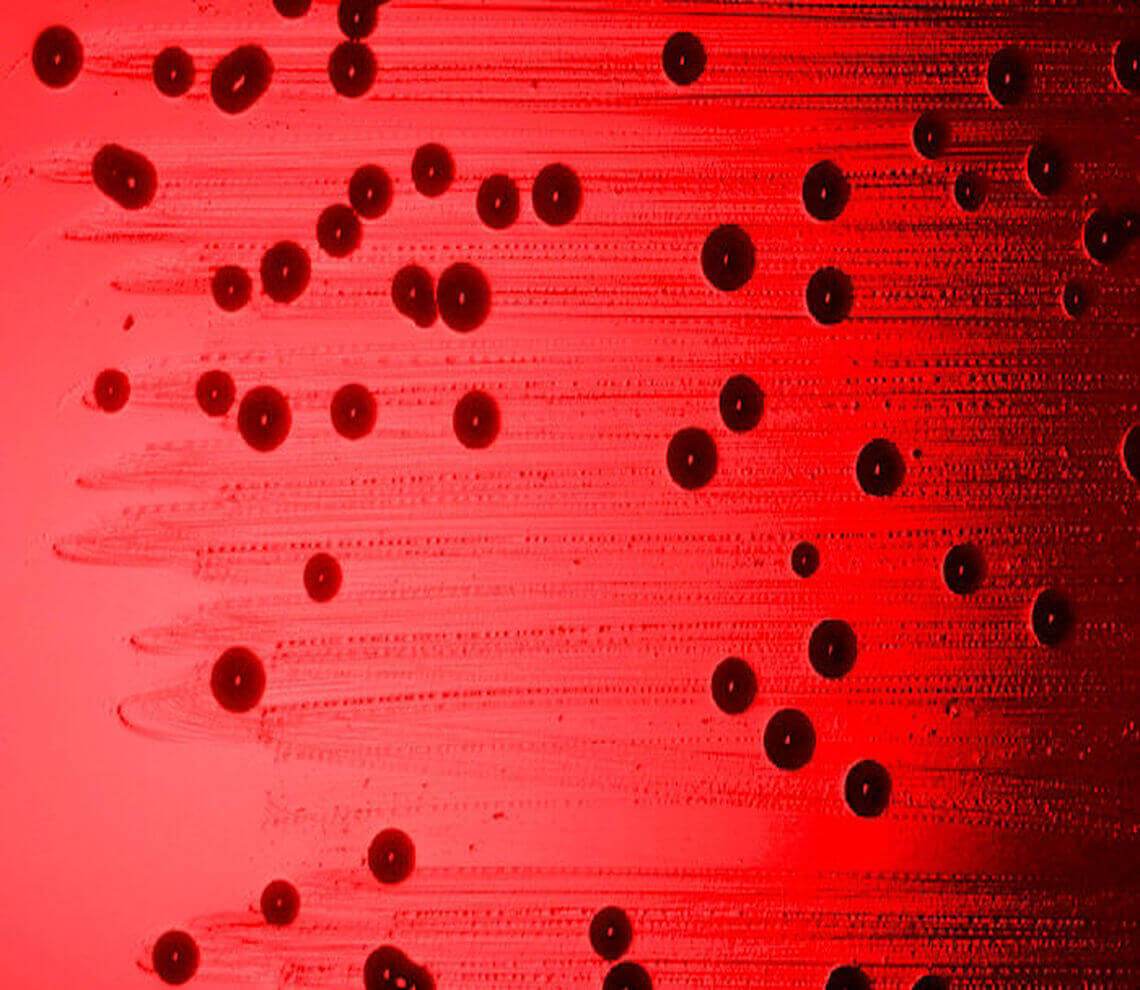- Our Suppliers
- MBS Monoclonals
- Hamster Anti-Mouse CD3e-FITC
Product short description
Price:
227 EUR
Size:
100ug
Catalog no.:
GEN673130
Product detailed description
Purification method
N/A
Concentration
N/A
Clone
145-2C11
Clonality
Monoclonal
Also known as
CD3 epsilon
Latin name
Mus musculus
Host organism
Armenian Hamster
Conjugation
Anti-FITC Antibody
Gene name
cd3e; N/A; N/A; N/A
Other gene names
cd3e; N/A; N/A; N/A
Gene name synonims
cd3e; N/A; N/A; N/A
Category
Secondary Antibodies
Subcategory
Mnoclonal antibodies
Immunoglobulin isotype
Armenian Hamster IgG kappa
Form/Appearance
Fluorescein (FITC) Conjugate
Other names
CD3 epsilon; N/A; CD3 epsilon; N/A; N/A
Tested applications:
Flow Cytometry; Immunohistochemistry; Immunoprecipitation; Western Blot
Description
This antibody needs to be stored at + 4°C in a fridge short term in a concentrated dilution. Freeze thaw will destroy a percentage in every cycle and should be avoided.
Species reactivity
Mouse (Mus musculus); Due to limited knowledge and inability for testing each and every species, the reactivity of the antibody may extend to other species which are not listed hereby.
Test
Mouse or mice from the Mus musculus species are used for production of mouse monoclonal antibodies or mabs and as research model for humans in your lab. Mouse are mature after 40 days for females and 55 days for males. The female mice are pregnant only 20 days and can give birth to 10 litters of 6-8 mice a year. Transgenic, knock-out, congenic and inbread strains are known for C57BL/6, A/J, BALB/c, SCID while the CD-1 is outbred as strain.
Properties
This MBS Monoclonals Fluorescein isothiocyanate (FITC) antibody is currently after some BD antibodies the most commonly used fluorescent dye for FACS. When excited at 488 nanometers, FITC has a green emission that's usually collected at 530 nanometers, the FL1 detector of a FACSCalibur or FACScan. FITC has a high quantum yield (efficiency of energy transfer from absorption to emission fluorescence) and approximately half of the absorbed photons are emitted as fluorescent light. For fluorescent microscopy applications, the 1 FITC is seldom used as it photo bleaches rather quickly though in flow cytometry applications, its photo bleaching effects are not observed due to a very brief interaction at the laser intercept. MBS Monoclonals FITC is highly sensitive to pH extremes.Armenian of Syrian hamster monoclonal IgGs are useful antibodies for double staining your IHC samples. Using mabs or monoclonal antibodies has a lot of advantages for Flow cytometry.
Specificity and cross-reactivity
Mouse CD3 epsilon (Mr 25 kDa) CD3 epsilon, a member of the immunoglobulin superfamily of cell surface receptors, is comprised of five invariable chains ranging in size from 16-28 kDa and is closely associated with the T cell antigen receptor (TCR). It is expressed on all T cells of all mouse strains. CD3 plays a major role in signaling during antigen recognition, leading to T-cell activation. The 145-2C11 monoclonal antibody recognizes an epitope on the 25kD epsilon chain of the CD3/TCR complex. In the presence of Fc receptor-bearing accessory cells, soluble 145-2C11 can activate primed and naïve T cell in vitro. 145-2C11 can also induce redirected lysis of specific target cells by CTL clones and it can block lysis of specific target cells by antigen-specific CTL's. Immobilized 145- 2C11 can activate both normal T lymphocytes and cloned T cell lines. Under certain conditions, T cell activation by 145-2C11 may result in apoptotic cell death. ^1-6; Since it is not possible to test each and every species our knowledge on the corss reactivity of the antibodies is limited. This particular antibody might cross react with speacies outside of the listed ones.
Storage and shipping
The purified (UNLB) antibody is supplied as 0.5 mg of purified immunoglobulin in 1.0 mL of 100 mM borate buffered saline, pH 8.2. No preservatives or amine-containing buffer salts added. Store at 2- 8 degree C. The fluorescein (FITC) and Cyanine 5 (CY 5) conjugates are supplied as 0.5 mg or 0.1 mg in 1.0 mL of PBS/NaN3. Store the antibody ats should be kept in the range of 1-7 degrees Celsius.. The biotin (BIOT) conjugate is supplied as 0.5 mg in 1.0 mL of PBS/NaN3. Store the antibody ats should be kept in the range of 1-7 degrees Celsius.. The R-phycoerythrin (R-PE), allophycocyanin (APC), and Spectral Red (SPRD) conjugates are supplied as 0.1 mg in 1.0 mL or 0.2 mg in 2.0 mL of PBS/NaN3 and a stabilizing agent. Store the antibody ats should be kept in the range of 1-7 degrees Celsius.. Do not freeze! The low endotoxin, azide-free (LE/AF) antibody is supplied as 0.5 mg purified immunoglobulin in 1.0 mL of PBS. Aliquot and store at or below Store the antibody at -20 degrees Celsius.. The Alexa Fluor 647 (AF647) conjugate is supplies as 0.1 mg in 0.2mL of PBS/NaN3. Store the antibody ats should be kept in the range of 1-7 degrees Celsius.. Protect conjugated forms from light. Aliquot and freeze the low endotoxin, azide-free product the antibody should be stored at -20 degrees Celsius. immediately upon receipt. Each reagent is stable for the period shown on the bottle label if stored as directed.
© Copyright 2016-Tech News . Design by: uiCookies

